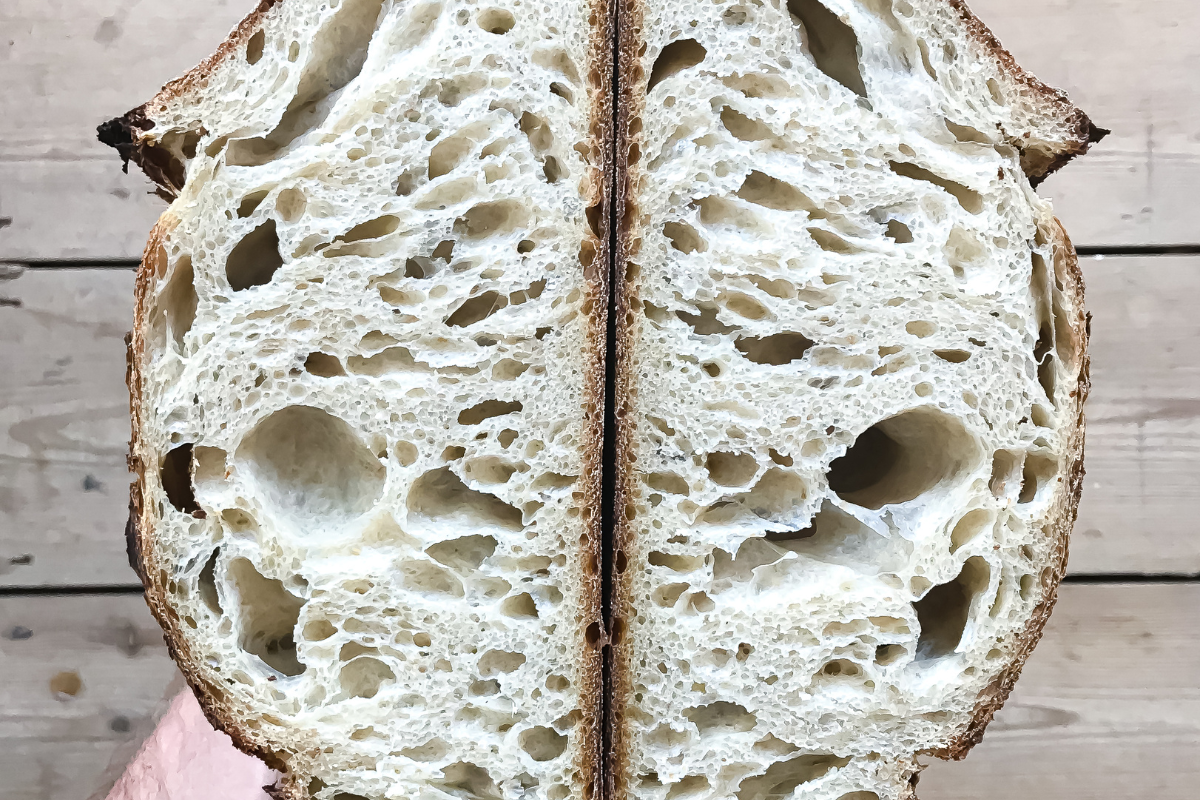Welcome back to your favorite desserts and baking blog:)
How to tell when the first rise is done? Most recipes including mine will tell you, to let the bread dough rise for 1 hour or till it doubles in size. Easy to say, but I know you may still have questions like- Should I eyeball that the dough becomes double or should I just measure it in a measuring jug? Will it take exactly an hour or more or less?
I get it, I was there years back and now I have narrowed that down to a few pointers that will help you decide if the first rise or bulk fermentation is done or not.
What is bulk fermentation?
Bulk fermentation is the initial first round of fermentation that takes place. Fermentation starts as soon as you start kneading, however, the most part of it happens when you let the dough rest.
This is the part where you are done kneading and after doing the window pane test, you let it rest covered in a bowl in a warm place to proof.
The time varies based on the location, weather, type of dough, size of the dough, humidity and so much more. That is why if you mess up this step you may end up with dense bread.
What happens during bulk fermentation?
The yeast reacts with the sugars present in the dough to create carbon dioxide and alcohol. This carbon dioxide tries to escape and gets trapped in the gluten network of the dough. Since the gas is still trying to escape, the dough starts rising.
How to tell when the first rise is done?
Here is what you need to check to understand if the first rise is done:
Poke the dough
The dough should be soft to the touch and should deflate when poked. The better way is to punch the dough once you are sure. This removes the excess air bubbles.
Check the volume
You can simply click a picture of how the dough was looking before placing it in the bowl. This will help you in comparing the two doughs.
Or you can use a measuring jug to see progress.
Once you are experienced, you can simply eyeball it and you will know that it has doubled up. Note that, in the case of very rich dough, this takes a long time, hence, overnight bulk fermentation is recommended.
What to do if the first rise has happened for too long?
The dough will increase significantly in size and will deflate a lot too. In this case, simply deflate it shape it immediately, and place it for proofing. The dough will have slightly more sour flavors owing to the longer fermentation period.
To avoid this, simply place a timer in your phone to make sure that you check the dough every half an hour.
The hotter the climate, the faster your dough will rise because the yeast is multiplying rapidly at its optimum temperatures.
Other related blog posts that may interest you:
[CLICK ON THE IMAGE FOR THE RECIPE]




FOUND IT HELPFUL?
Tag @alishasdessertsafari on Instagram and hashtag it #alishasdessertsafari
Don’t forget to Subscribe to get a value-packed newsletter every month and a cookie ebook as sign-up bonus!
I hope you found my post “How to tell when the first rise is done?” helpful. If you have any queries, feel free to post them in the comments below.
Thank You.




1 thought on “How to tell when first rise is done?”